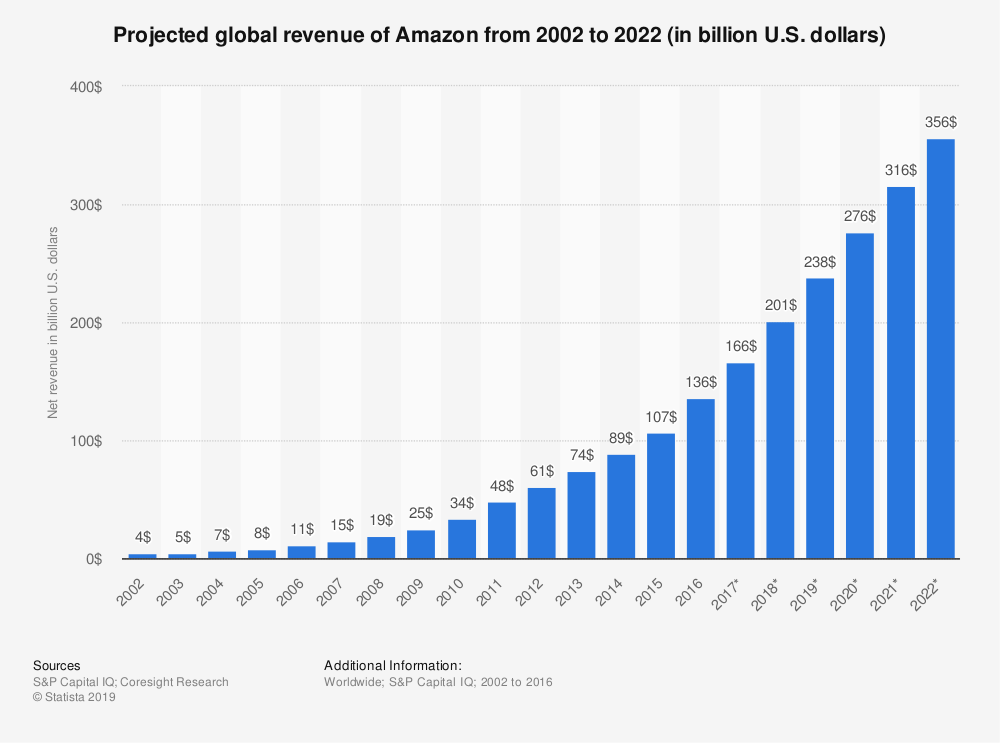If you poll Amazon investors and analysts about what makes them bullish on the company, they’ll likely point to its market-leading cloud-computing operations or its fast-growing advertising business.
They might also argue that its recent one-day shipping offering will boost sales.
But Michael Pachter thinks investors and other analysts that focus on those area are overlooking a big part of the company’s recent success and its future promise: its business of selling and shipping products on behalf of other companies.
“People don’t understand that third-party seller services is [Amazon’s] largest driver of profit growth,” Pachter, a financial analyst who covers the company for Wedbush, told Business Insider on Wednesday.
Amazon is best known as an online store that sells goods directly to consumers. But it also operates a kind of marketplace where manufacturers, mom-and-pop merchants, and other major retailers also offer products. When shoppers search Amazon’s site, there’s a good chance they’ll find goods offered by those third parties rather than by Amazon itself. Indeed more than half of the products listed on Amazon come from those third parties, Pachter estimated.
Amazon charges a commission on such sales and also charges extra fees if it handles the third parties’ products in its warehouses and ships them on their behalf. Pachter argues that Amazon’s advertising business, which the company breaks out separately from its third-party services in its financial results, ought to be considered a seller service as well. The companies that buy advertising are generally sellers on the Amazon site and are using the ads to promote their products listed there, he noted.
Amazon will offer investors and analysts more insights into its third-party sales business on Thursday, when it reports its fourth-quarter results. But through the first three quarters of last year, that effort had some impressive numbers to tout.
Even without including its ad revenue, Amazon’s third-party services effort is its biggest business in terms of sales other than its first-party retail business, the company has previously disclosed. In the first nine months of 2019, the third party business brought in $36 billion in revenue, according to the company’s third-quarter report. That was up 24% from the same period a year earlier. By contrast, Amazon Web Services tallied $25 billion in sales over the same time period.
Amazon’s gross profit margin — the percentage of sales left over after accounting for the direct costs of offering a product or service — on its third-party sales business is likely around 60% to 75% of sales, compared with around 80% for AWS, Pachter estimated. But because of the sales coming in through the third-party business, it’s likely providing more gross profit dollars, he said.
If you add in the advertising revenue, the importance of the third-party business is even more apparent. Third-party services and ad sales combined accounted for $46 billion in revenue in the first nine months of last year — or about 80% more sales than AWS. With a similar gross margin as AWS, those combined business likely provided much more profit for Amazon.
“Investors haven’t figured out that’s the biggest driver” of profits, Pachter said.
And this year will be more of the same. Amazon’s total sales are likely to grow by about $50 billion in 2020 to $327 billion, Pachter said. Of that revenue growth, about $11 billion will come from AWS, he estimated. But about $22 billion will come from Amazon’s services offerings other than AWS, he said. Although that grouping includes its subscription products, the vast majority of it revenue comes from third-party seller services and advertising.
“Third party is going to be up by two times as much as AWS, but at a similar margin,” he said.
By: Troy Wolverton via Business Insider
For updates, please visit https://www.businessinsider.com/amazon-third-party-seller-business-bigger-more-profitable-than-aws-2020-1

